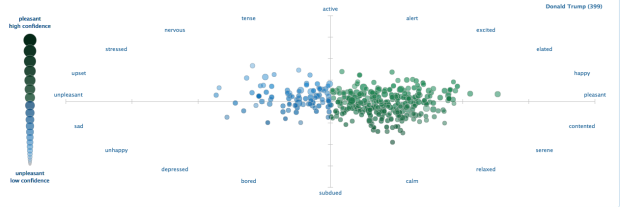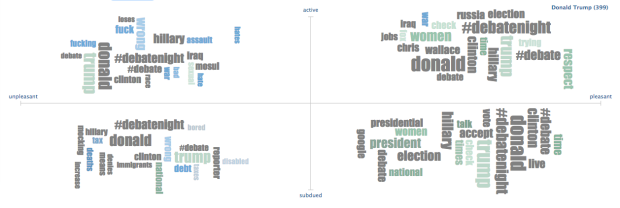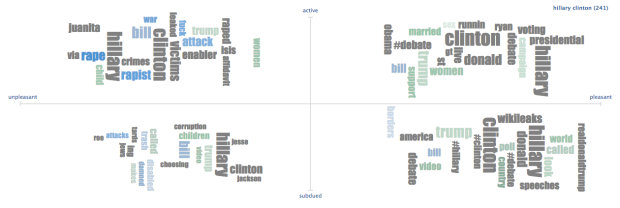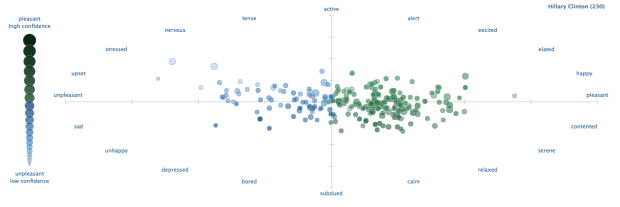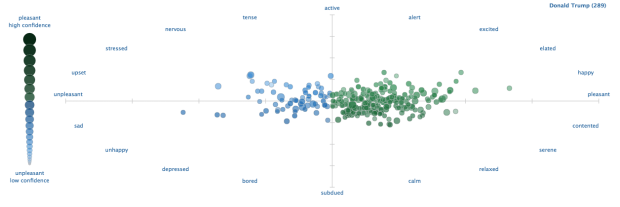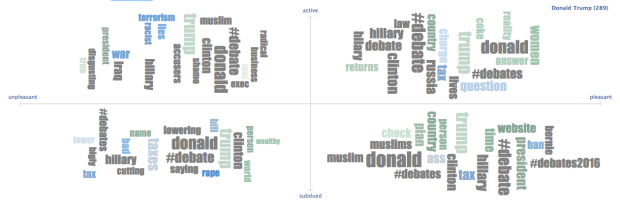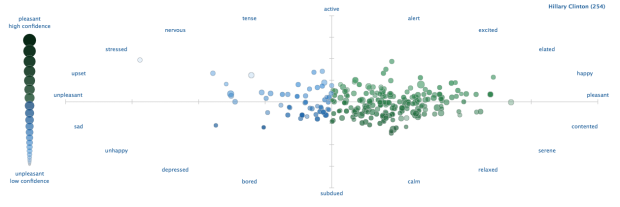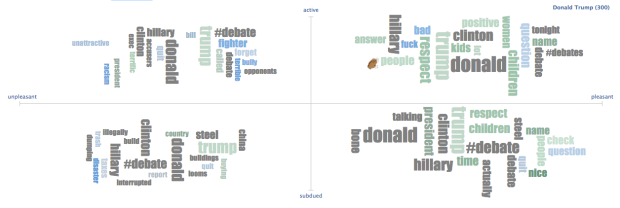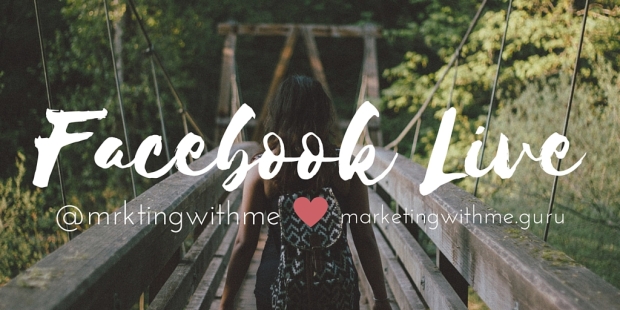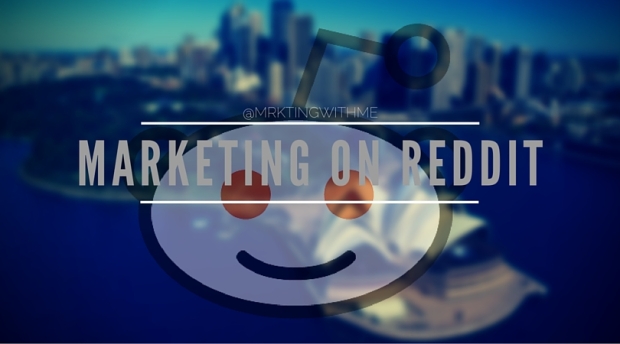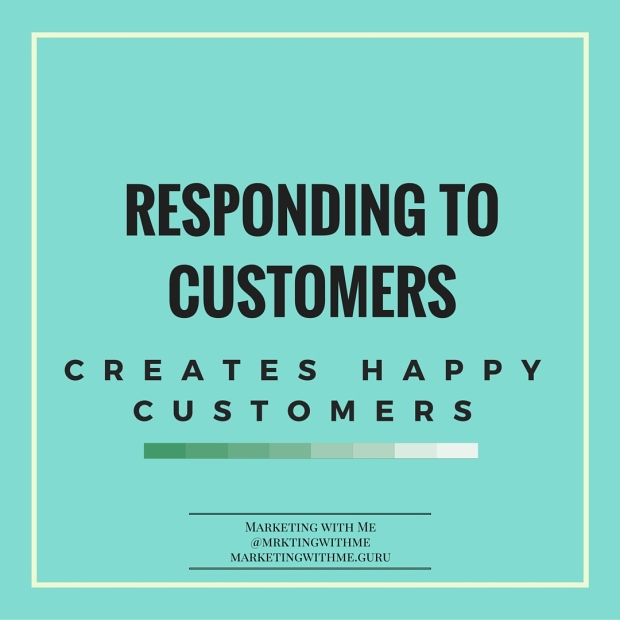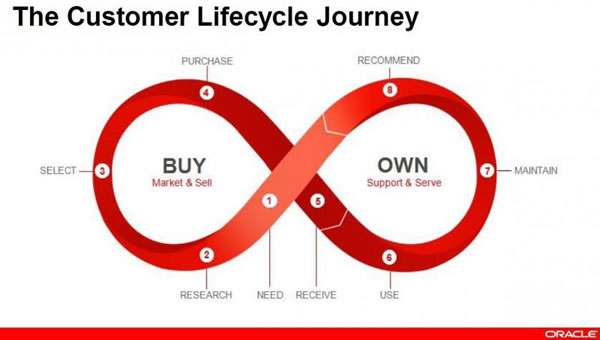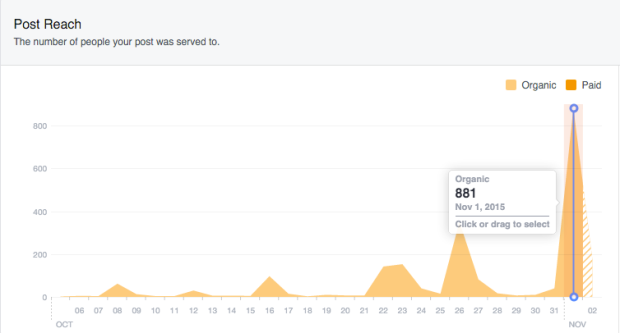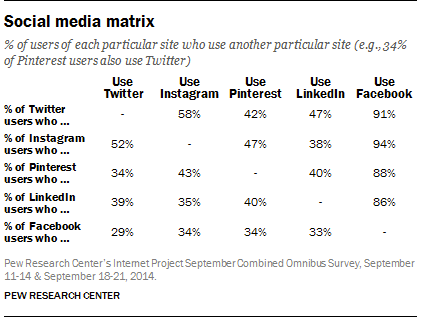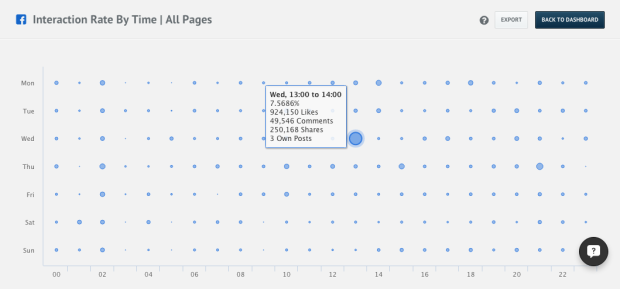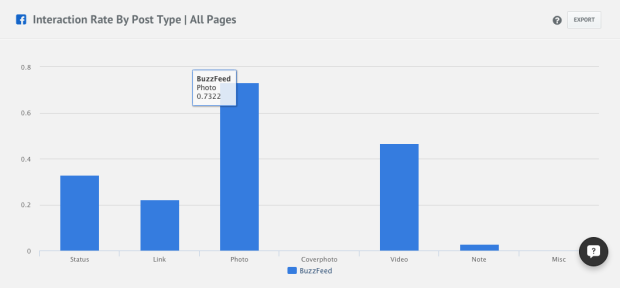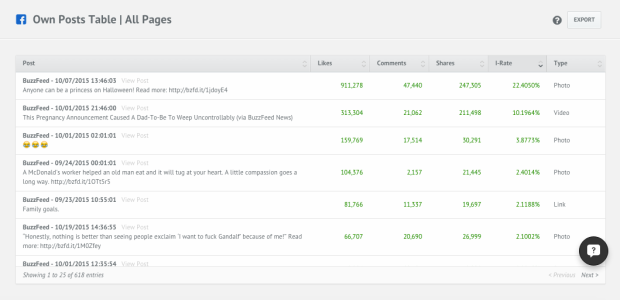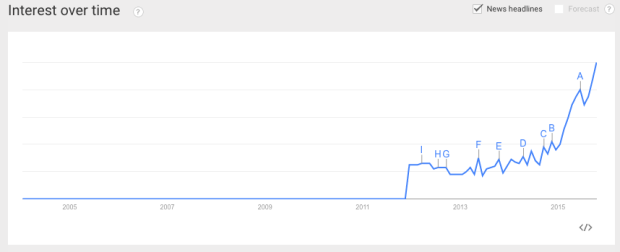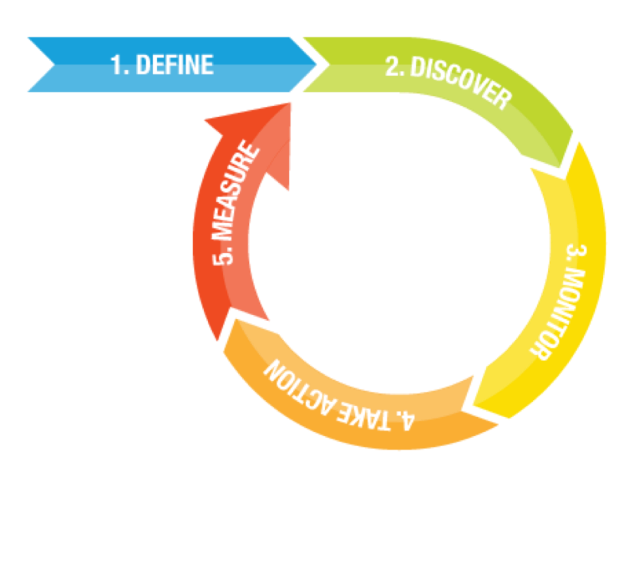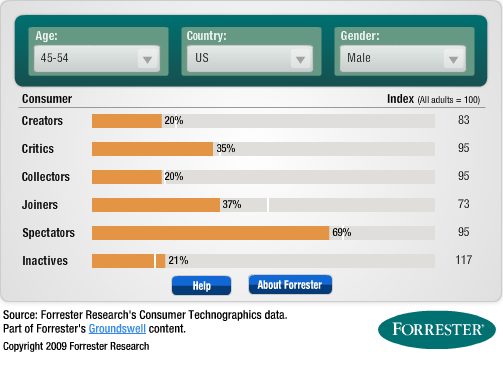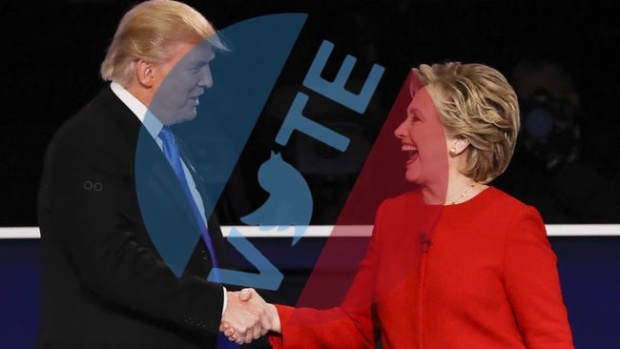
2 Images Combined:
Twitter Goverment https://twitter.com/gov
LA TImeshttp://www.latimes.com/politics/la-na-pol-debate-moments-20160926-snap-htmlstory.html
Here we go, off to the third and last presidential debate! If you didn’t see my last post, I looked at the sentiment before during and after the second presidential debate and I was less than impressed with the lack of issues discussed. Again, I am not here to endorse any candidate but look at how users are talking about them on Twitter. I am a social media marketer interested in strategies and user behavior.
My first thought is always to look at the sentiment of any brand. In this case, it is the opinions of Donald Trump and Hillary Clinton. I am not one to write about political debates, but as social media is heavily used in how we consume our knowledge, I have found it necessary to understand what others are saying and why about the candidates online.
As of just after 8:53 pm EST, Hillary Clinton’s sentiment on Twitter, stood as:

The tool by NCSU shows us that Clinton has more positive sentiment than negative but Twitter users are tense and nervous as well. That’s why I wanted to see some of the key terms mainly used by users as seen below:
I wanted to see some of the key terms mainly used by users as seen below to understand more of what users are discussing in regards to her:
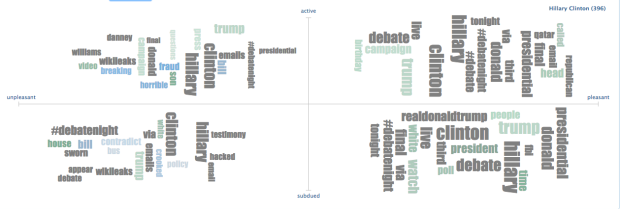
Positive Terms:
Debate
Live
realdonaldtrump
Presidential, etc.
Negative Terms:
Fraud
#debatetonight
WIkiLeaks
Bill
Testimony, etc.
As of just after 8:55 pm EST, Donald Trump’s sentiment on Twitter, stood as:
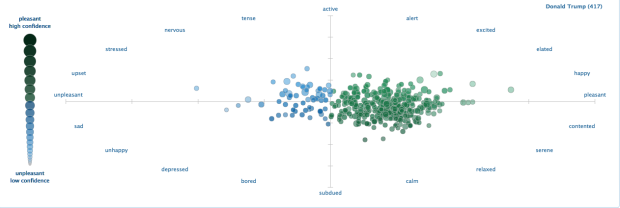
The tool by NCSU shows us that Trump has more positive sentiment than negative but Twitter and again much more positive than Clinton.
I wanted to see some of the key terms mainly used by users as seen below to understand more of what users are discussing in regards to him:
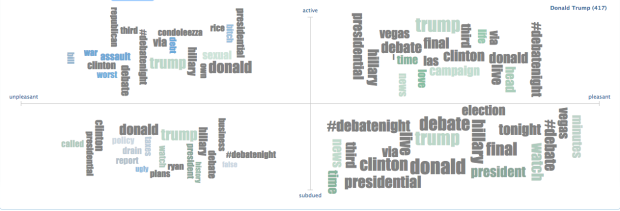
Positive Terms:
Debate
Hillary
Presidential
Love, etc.
Negative Terms:
War
Assault
Taxes
Ryan
Condoleezza, etc.
UPDATE: DURING THE DEBATE
The topic at hand, The Economy.
HILLARY CLINTON
Sentiment analysis was done at 9:41 pm EST
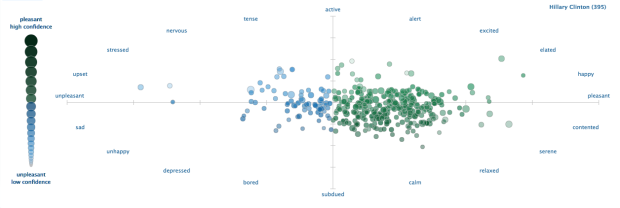
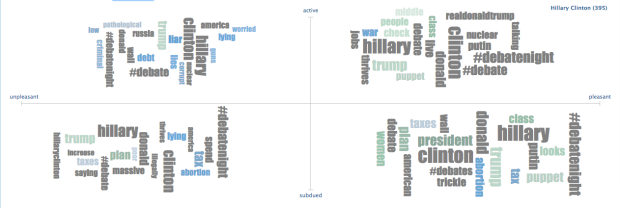
DONALD TRUMP
Sentiment analysis was done at 9:40 pm EST
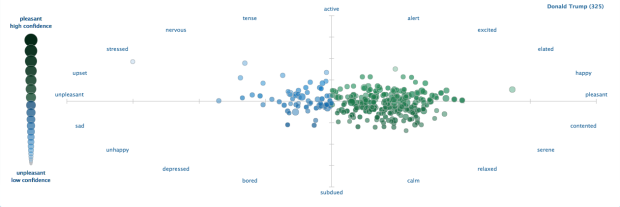
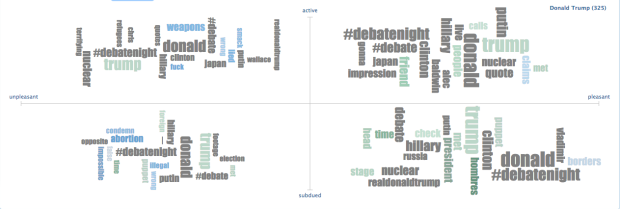
UPDATE: At THE end of the DEBATE
The topic at hand, The National Debt.
HILLARY CLINTON
Sentiment analysis was done at 10:25 pm EST
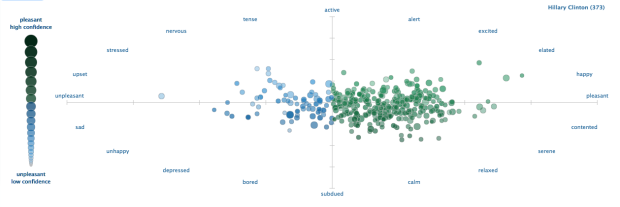
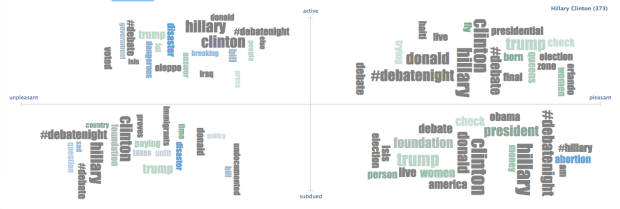
DONALD TRUMP
Sentiment analysis was done at 10:27 pm EST
